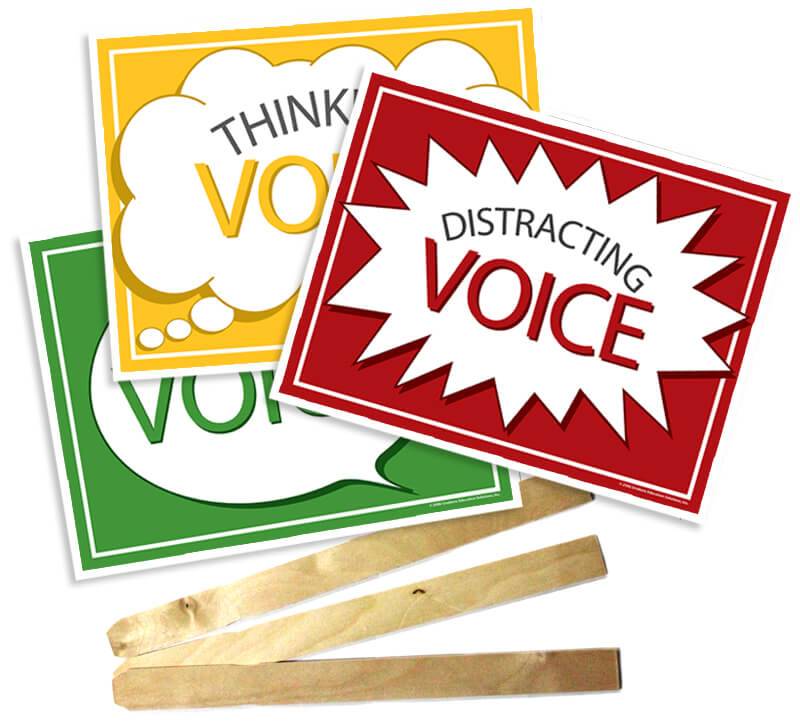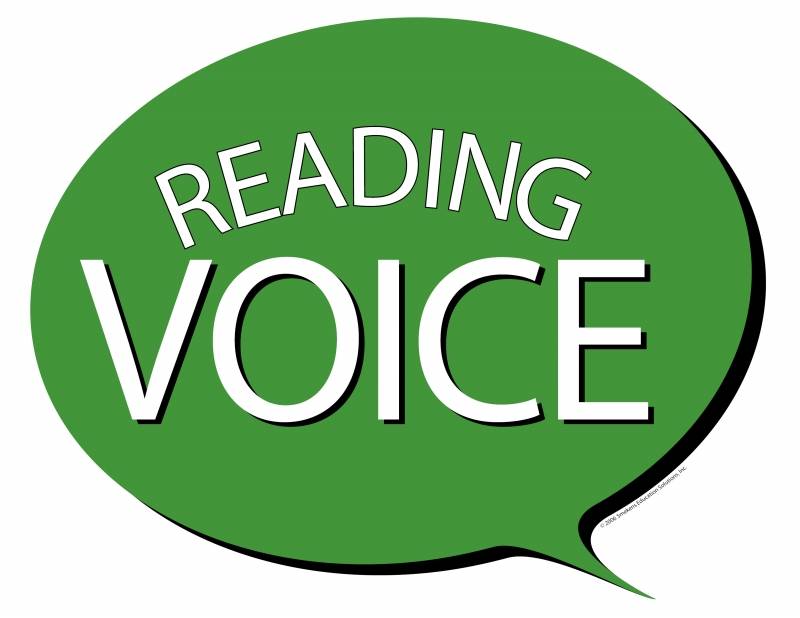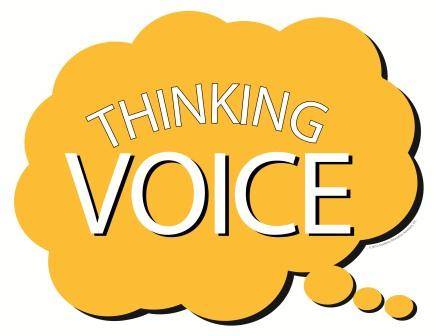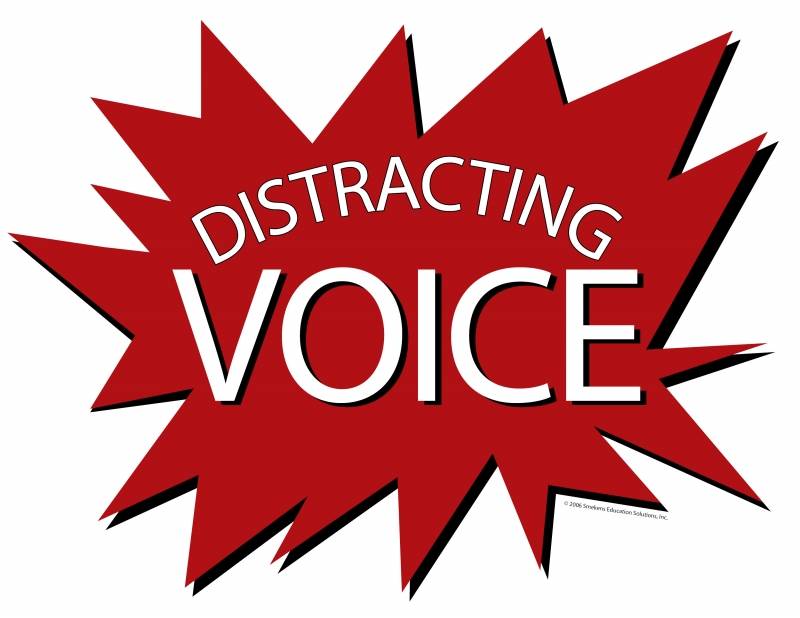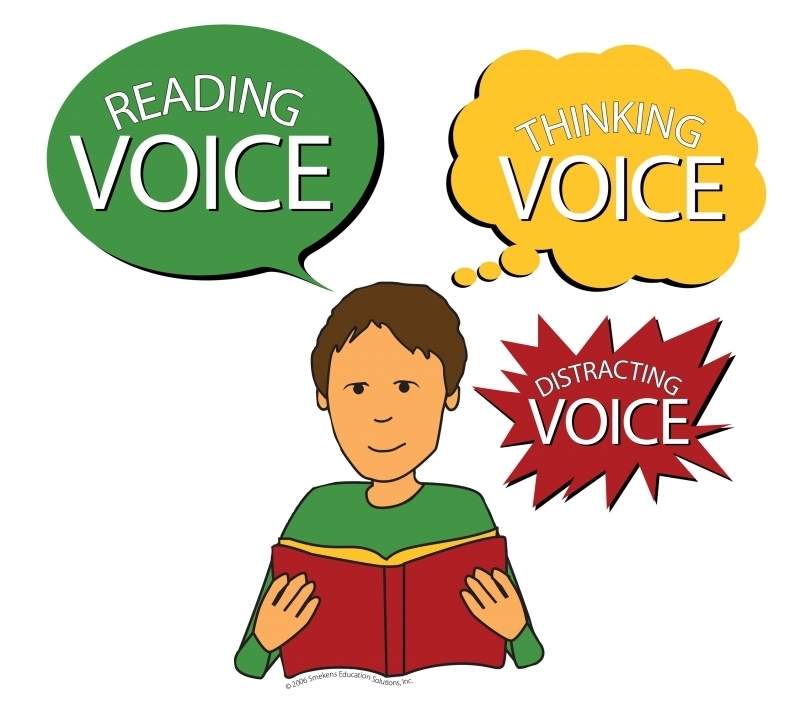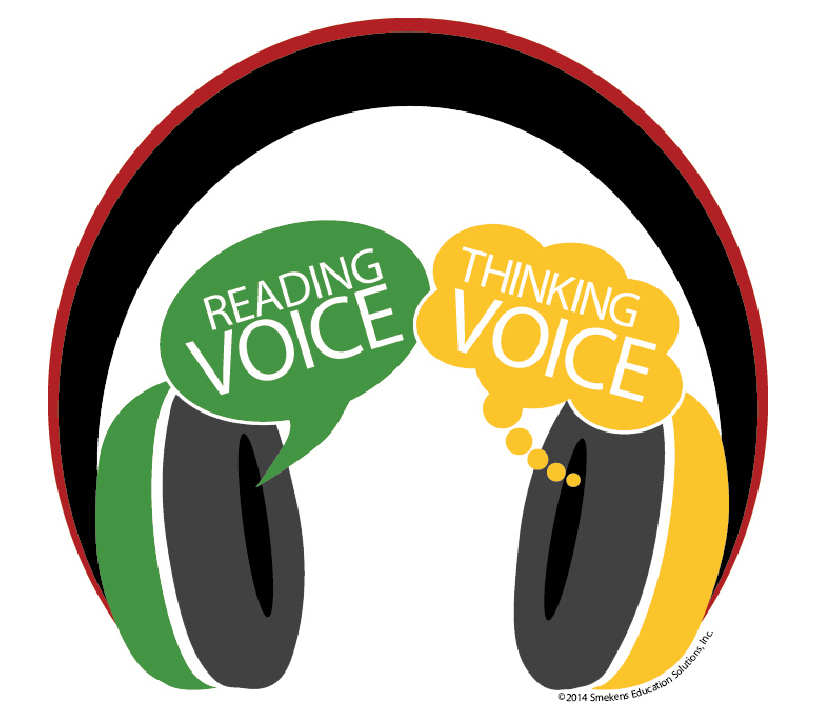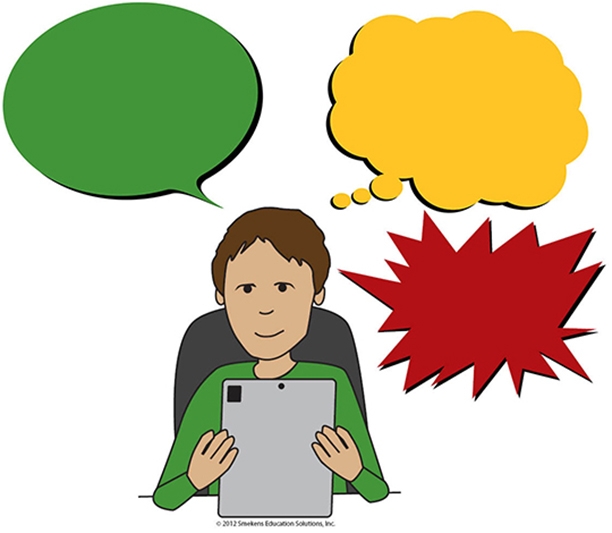
Get science of reading support
Introduce the Reading Voice and Thinking Voice
Reading comprehension is an invisible process. It is a conversation that occurs in the reader’s head. The reader decodes a few words or sentences and then thinks about what they mean.
To help students grasp this process, introduce them to their reader voices.
Our Reading Voice decodes the text; it recognizes letters, words, visuals, and sounds. The Thinking Voice interprets or explains what each means.
The Reading Voice speaks loudly. But the Thinking Voice whispers. With this in mind, we have to be intentional about listening for the Thinking Voice. Too often students think that by simply saying all the words, they will understand what the text is about.
Introducing the two reader voices to students helps them recognize that readers are thinkers.
Model reader voices with the Comprehension Voice Signs
An effective way to illustrate the reader voices is to use the Comprehension Voice Signs as a visual trigger. During read-alouds and whole-class mini-lessons, reveal the signs and demonstrate how readers think while they read.
Hold the signs back to back and flip to the Reading Voice sign as you read aloud words and study visuals in a text.
Then, rotate the signs to show the Thinking Voice as you look away from the text and share a thought about what they mean.
Modeling the Reading Voice and Thinking Voice goes beyond a single mini-lesson. Rather, they should be referenced during your reading instruction all year long.
For example, plan to reference the reader voices when
- Introducing new skills within comprehension mini-lessons.
- Practicing previously-taught skills during a read-aloud.
- Applying relevant skills with content-area texts.
Constant reference to the reader voices will remind students to listen for their Thinking Voice and will ultimately improve achievement in reading comprehension.
2024 SUMMER CONFERENCE

Gain tools & techniques you need to
teach reading comprehension
VIRTUAL EVENT
June 11-12, 2024
FRENCH LICK RESORT
June 18-19, 2024
How CompCON supports the science of reading
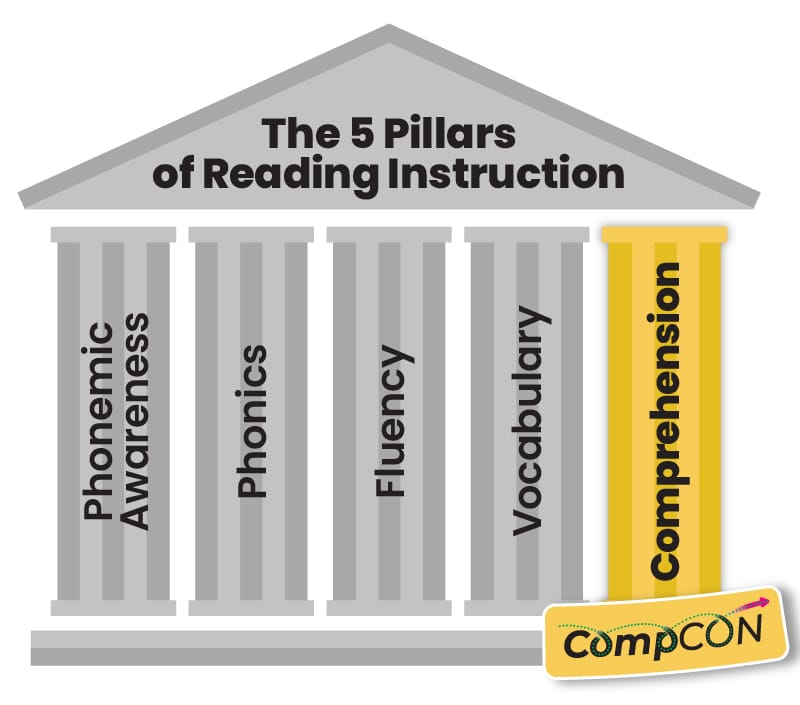
Educational research surrounding the science of reading has heightened the need for teaching phonics and specifically decoding. But, as we know from the research conducted by the National Reading Panel, effective reading instruction requires a combination of direct, explicit teaching of all five pillars of literacy: phonological awareness, phonics, fluency, vocabulary, and comprehension.
While each of these components is important and necessary, CompCON focuses specifically on the pillar of reading comprehension. CompCON attendees spend two days learning practical and engaging lessons to deliver explicit, standards-based comprehension instruction.
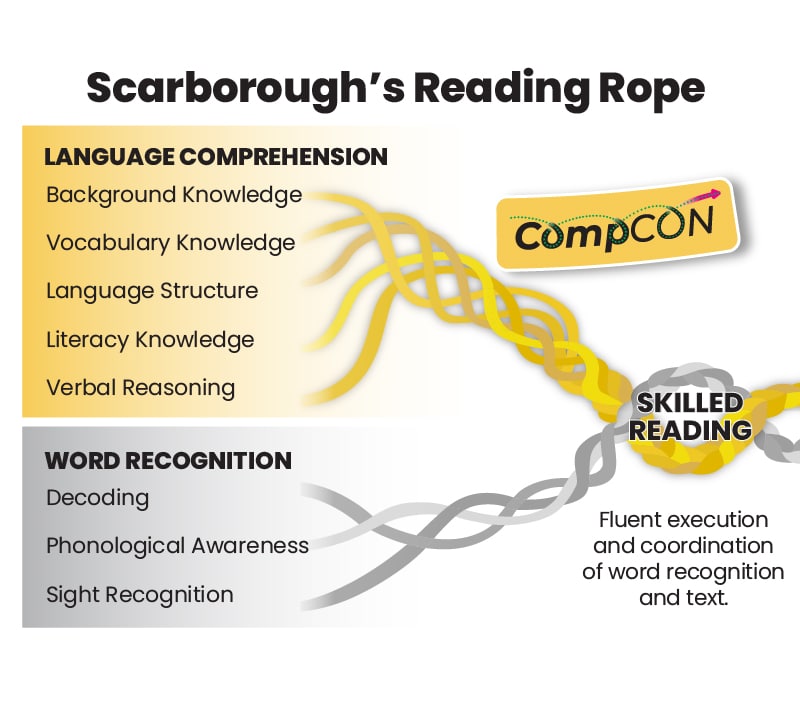
Dr. Hollis Scarborough’s iconic Reading Rope reveals the essential strands for reading development. While many science of reading initiatives target the Word Recognition strand of Scarborough’s Reading Rope, CompCON addresses the Language Comprehension strand.
As important as it is that students learn how to decode words, they must simultaneously learn how to think about the words they are reading. This requires whole-class, teacher-led instruction on comprehension skills and strategies—and this is the focus of CompCON.
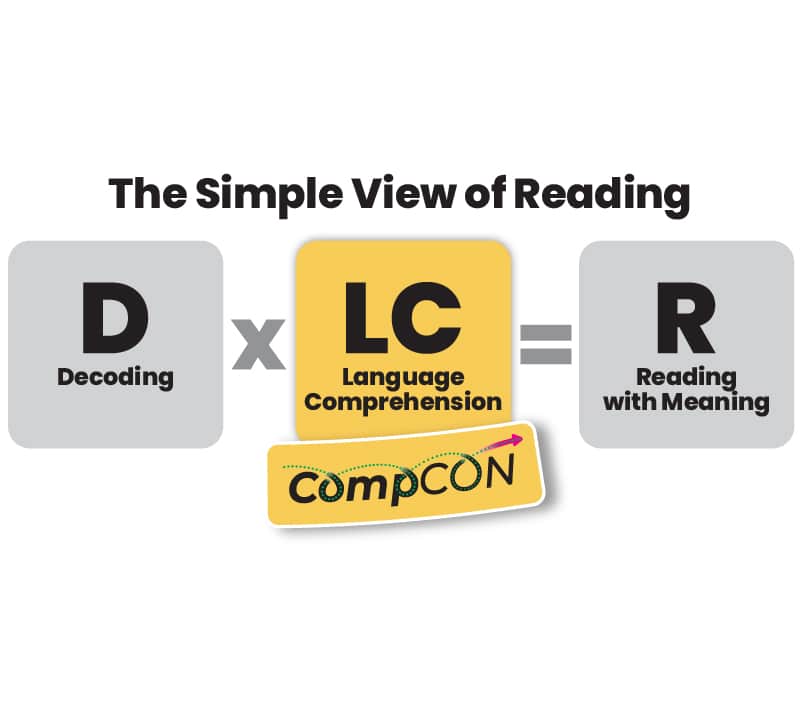
According to the Simple View of Reading formula, both word recognition and language comprehension are necessary to create a proficient reader.
The Simple View of Reading provides an argument for teaching decoding and phonics with intentionality. Likewise, direct instruction on teaching language comprehension is imperative as well.
Consequently, K-12 educators need to have whole-class lessons that target grade-level comprehension instruction—and this is the focus of CompCON.

